Gross Domestic Product (GDP) is a key measure of economic health. Yet, like a movie with deleted scenes, there’s more to the story. E355 represents a hypothetical hidden chapter in GDP calculation. This concept opens up new ways to think about economics.
What if GDP had a deleted scene? E355 is the missing piece in our economic story. It’s the hidden chapter that could change how we measure success.
GDP measures economic growth, but it doesn’t tell the whole story. E355 is a concept that explores what GDP might be missing. It’s like a deleted scene that could reveal hidden aspects of our economy.
The GDP’s Secret Layers
GDP has hidden depths that aren’t immediately visible. These layers add complexity to our understanding of economic performance.
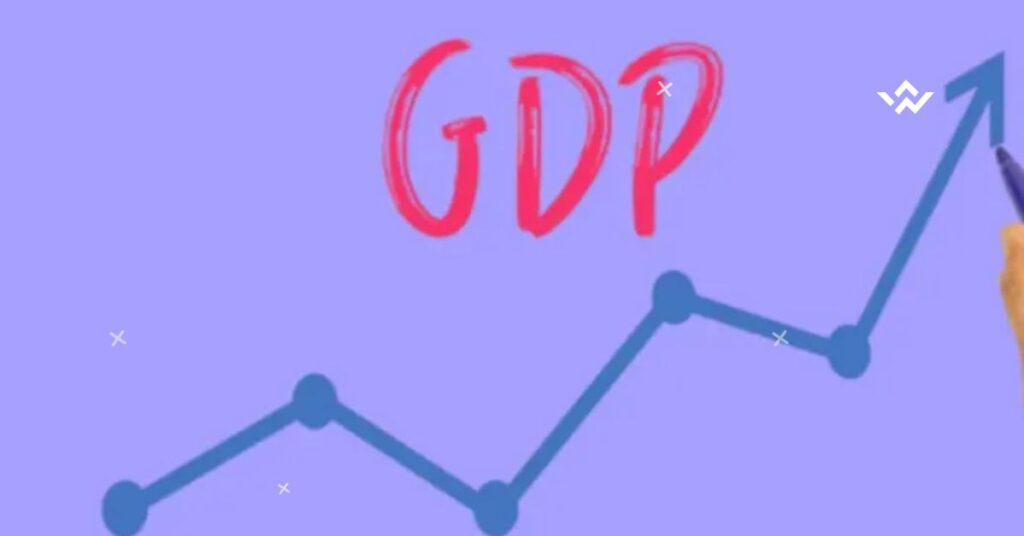
One secret layer is the calculation method. Different countries may use varied techniques. This can lead to discrepancies in international comparisons. Another hidden aspect is seasonal adjustment. This process smooths out natural fluctuations in economic activity. It allows for better comparison between time periods.
The informal economy is yet another hidden layer. This includes activities not officially recorded. These might be household work or underground transactions. Lastly, GDP struggles to capture product quality. It measures quantity but not improvements in goods or services.
Above And Beyond The Figures
GDP numbers don’t tell the whole story. There’s much more to economic well-being than raw figures.
Income distribution is a crucial factor. GDP doesn’t show how wealth is shared among people. A high GDP doesn’t mean everyone is prospering. Environmental sustainability is often overlooked. Traditional GDP doesn’t account for resource depletion.
It also ignores environmental damage from economic activities. Quality of life is another important aspect. Access to healthcare, education, and leisure time matter. These factors contribute to well-being but aren’t reflected in GDP.
Technological progress and innovation are hard to quantify. Their full impact may not show up immediately in GDP figures. Social capital and community cohesion also play vital roles. Strong social networks can boost economic resilience.
The Pieces That Are Missing
Despite its wide use, GDP has notable omissions. These missing pieces can lead to an incomplete picture of economic health.
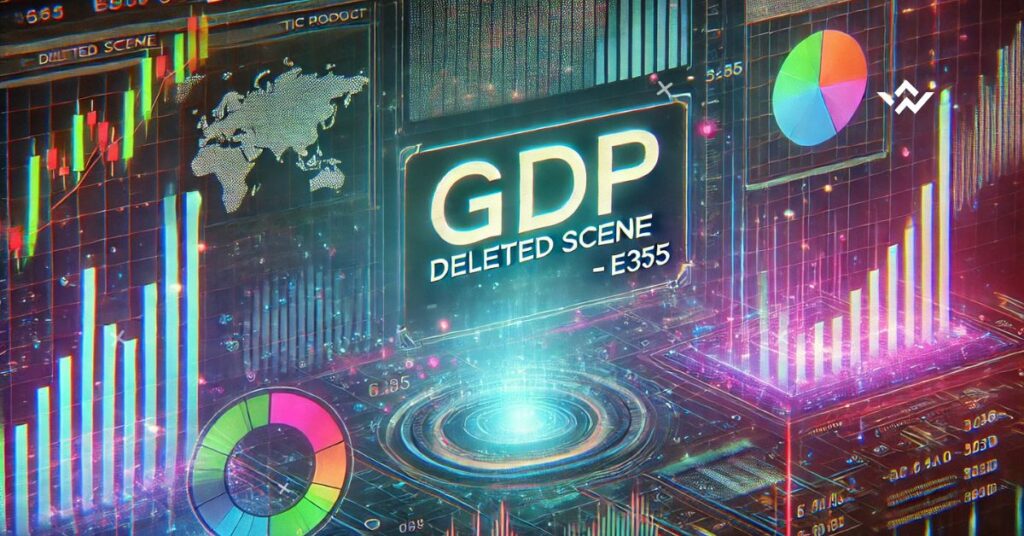
Unpaid work is a significant omission. This includes household chores and caregiving. These activities contribute to society but aren’t counted in GDP. The depletion of natural resources is another missing piece. Using up resources boosts current GDP. But it ignores long-term costs. Mental health and overall well-being are increasingly important.
Yet, GDP doesn’t directly measure these factors. Pollution costs are often externalized. GDP doesn’t reflect environmental degradation. This can lead to overestimating economic benefits. Lastly, governance quality isn’t captured by GDP. Effective institutions greatly impact long-term growth and stability.
Rethinking GDP
As our understanding evolves, we need to rethink how we measure economic success. This section explores new approaches to assessing economic health.
Alternative indicators are gaining popularity. The Human Development Index (HDI) is one example. It provides a more holistic view of progress. Green GDP is another concept. It adjusts for environmental costs and resource depletion. Well-being economics focuses on quality of life.
It considers factors like health and life satisfaction. The digital economy poses new challenges for GDP measurement. As more activity moves online, traditional measures may fall short. Measuring economic resilience is also gaining interest. This looks at an economy’s ability to withstand and recover from shocks.
E355’s Hypothetical Contents
E355 represents a fascinating “what if” in economic storytelling. This section explores potential contents of this hypothetical deleted scene.
E355 might reveal a hidden economic indicator. This could offer new insights into economic health. It could explore the impact of technological disruption. How do new technologies reshape our understanding of value?
E355 might address gig economy measurement. How can we better capture freelance and non-traditional work? It could delve into the economic value of data. As data becomes crucial, how do we measure its worth? Lastly, E355 might introduce alternative economic models. These could challenge traditional notions of growth and progress.
Read This Blog: Why Was Recurbate Taken Down?
Cultural Influence
GDP’s influence extends beyond economics. It shapes cultural perceptions and values in various ways.
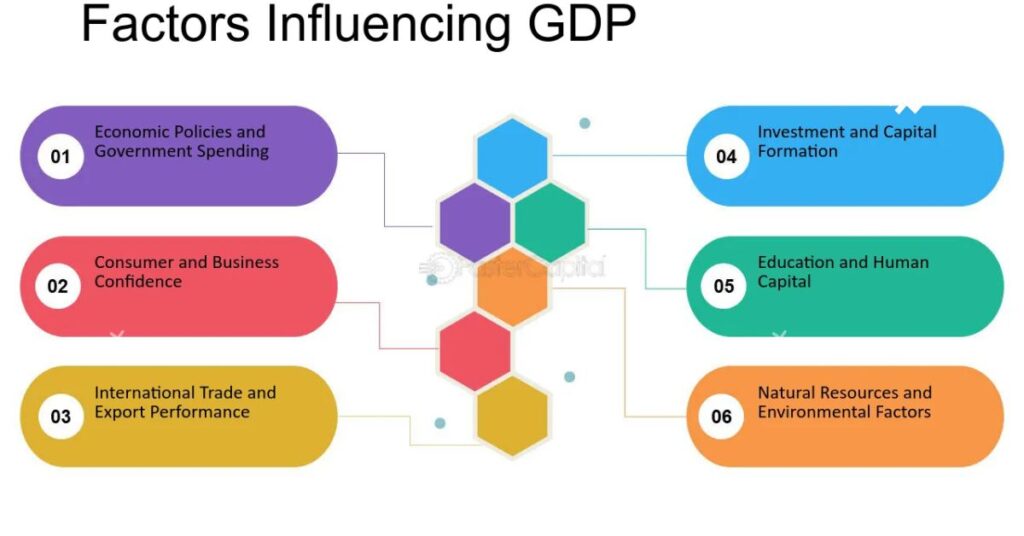
GDP often dominates political discourse. Politicians use it to measure their performance. This influences public opinion and voting behavior. The focus on GDP growth affects consumer behavior. It has led to a culture of consumption.
This has implications for sustainability and personal well-being. Media coverage of GDP figures shapes public understanding. How these numbers are reported impacts perceptions of economic health. GDP emphasis influences educational priorities.
It shapes curricula and career choices. Lastly, the GDP focus has sparked counter-movements. These advocate for alternative measures of progress.
Fan Interaction Theories And Conjectures
The E355 concept has sparked imaginative theories. Fans speculate about its potential significance in economic storytelling.
Some theorize E355 represents a hidden economic force. This could include social capital or cultural influences. Others suggest it reveals the true cost of growth. It might expose hidden environmental or social costs.
Some speculate about a new economic paradigm. E355 could introduce alternative models of progress. Fans imagine unexpected connections between economic factors. This could provide new insights into economic dynamics.
Lastly, some see E355 as a glimpse into future trends. It might contain predictive elements for long-term planning.
Internet Conversations
E355 has sparked lively online discussions. This section explores these internet conversations about the hypothetical deleted scene.
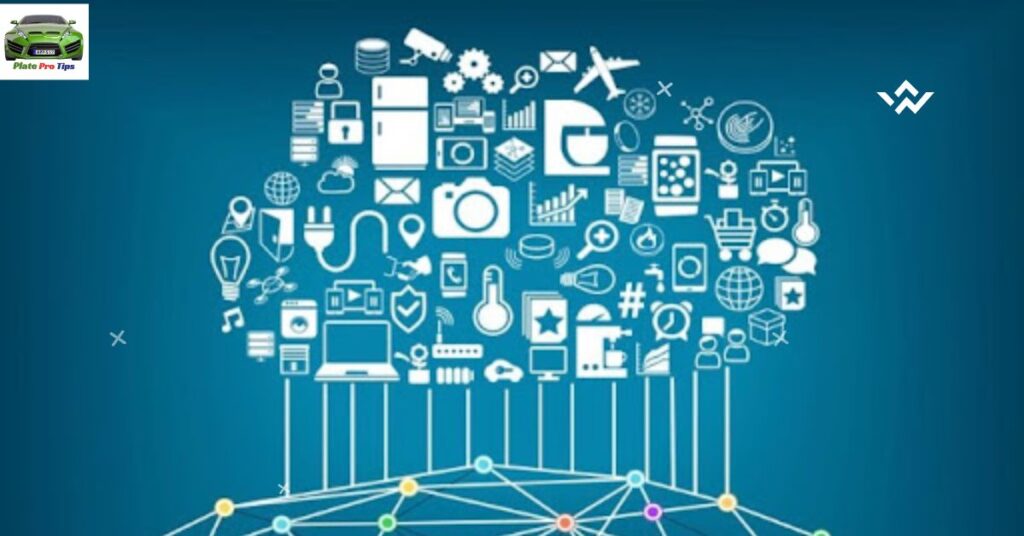
Social media buzzes with E355 theories. Users share ideas and debate potential meanings. Economic forums analyze E355’s potential content. Experts and enthusiasts discuss its implications. Blogs offer in-depth analyses of E355.
They often link it to current economic challenges. Memes about E355 have spread widely. They often play on economic jargon humorously. Educational content about E355 has emerged. Online courses explore its implications for economic theory.
Impact On The Popularity Of Series
The E355 concept has boosted interest in economic discussions. It has made economics more accessible to a wider audience.
E355 has sparked curiosity about economics. Many previously uninterested people now engage with economic concepts. Online communities focused on E355 have grown. These groups share ideas and explore economic nuances. E355 has inspired creative interpretations of economic data.
Artists and writers produce works exploring hidden economic forces. Educational institutions see increased interest in economics. E355 has motivated students to study economic theory. Media coverage of economic issues has increased. News outlets produce content exploring E355’s implications.
The Application Of Cut Scenes Within Media
The E355 concept parallels the use of cut scenes in other media. This section explores how deleted scenes are used across different formats.

In films, cut scenes often provide extra context. They may develop characters or expand the story world. Video games use cut scenes for backstory. Some release deleted scenes as bonus content. TV series include deleted scenes in DVD releases.
These offer fans additional insights into the story. Books sometimes include cut chapters in special editions. This gives readers a glimpse into the author’s process. Music albums may release deluxe versions with cut tracks. These offer fans a deeper appreciation of the artist’s work.
To Promote Imaginative Communication
E355 serves as a tool for creative economic communication. It encourages new ways of thinking about complex concepts.
The storytelling approach makes economics more accessible. It helps people engage with complex ideas more easily. E355 promotes speculative thinking about economic factors. This can lead to fresh perspectives on economic challenges. The concept encourages people to question assumptions.
It promotes critical thinking about economic indicators. E355 provides a common language for discussing economics. It helps diverse groups engage in meaningful economic discussions. The approach inspires interdisciplinary thinking. It connects economics with storytelling and media concepts.
Enhancing Interaction With The Audience
E355 has proven effective in engaging the public with economic concepts. It encourages active participation in economic discussions.
The mystery of E355 encourages participation. People research, theorize, and debate its meaning. Social media challenges related to E355 have emerged. Users create and share their own economic theories. Interactive workshops based on E355 have been developed.
These events explore economics through creative exercises. Online quizzes about E355 have become popular. They make learning about economics more enjoyable. Crowd-sourced projects attempt to “reconstruct” E355. These efforts bring together diverse economic perspectives.
Read This Blog: Aeonscope Video Gaming: An Extensive Information Investigation
Examining Different Storylines
E355 opens up possibilities for exploring various economic narratives. This section looks at potential storylines this deleted scene might reveal.
One storyline might explore hidden growth costs. It could reveal overlooked environmental or social consequences. Another could delve into human capital’s role. This might highlight education and innovation’s importance.
A storyline might examine technological disruption’s impact. It could explore how tech changes economic assessment. Another path could focus on well-being economics. This would prioritize quality of life over output. Lastly, a storyline could explore alternative economic systems. It might challenge conventional capitalist models.
Famous Illustrations Of Removed Scenes
While E355 is hypothetical, real deleted scenes offer insights. This section explores famous examples from popular media.
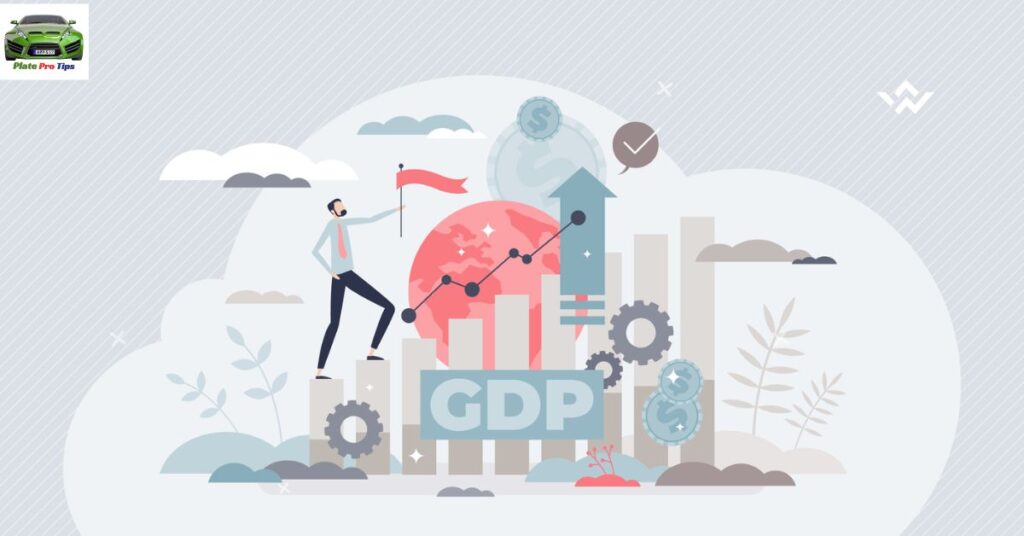
The Farewell To Biggs Dark Lighter From “Star Wars: A New Hope”
This scene added depth to Luke’s character. Its removal streamlined the story. Fans debate its potential impact.
“The Avengers” – Alternative Beginning
The original opening was quite different. It would have changed the film’s initial tone. The final cut chose a different narrative approach.
The Dursleys’ Disappearance Via “Harry Potter And The Deathly Hallows”
This scene showed the Dursleys leaving. Its removal altered Harry’s family closure. It changed the emotional tone of their final interaction.
Frequently Asked Questions
What is E355 in economic storytelling?
E355 is a hypothetical deleted scene in GDP measurement. It encourages creative thinking about economics.
How does E355 relate to GDP?
E355 explores potential gaps in GDP calculations. It’s a thought experiment about hidden economic aspects.
Can E355 influence real economic policies?
While fictional, E355 discussions can inspire new approaches to economic measurement and policy.
How has the internet responded to E355?
Online communities have embraced E355. They generate theories and creative interpretations of the concept.
What can we learn from E355 in economics education?
E355 shows how storytelling can make complex economic concepts more engaging and accessible.
Conclusion
E355 is a hidden chapter in economic storytelling. It makes us think beyond GDP. This concept shows what GDP might miss. E355 is like a deleted scene in a movie. It could reveal more about our economy. It asks us to consider well-being and sustainability. These factors often don’t show up in GDP.
E355 has sparked many discussions. It makes economics more interesting for everyone. People share ideas about E355 online. It’s like a creative game about economics. E355 reminds us that numbers don’t tell the whole story. It encourages new ways of measuring success. As we face economic challenges, E355 pushes us to think differently. It shows that imagination has a place in economics too.

I’m Shoaib, a passionate blogger with 5 years of experience. I love writing about tech. My goal is to share useful information and insights with you. Explore my website to discover exciting content on various topics!




